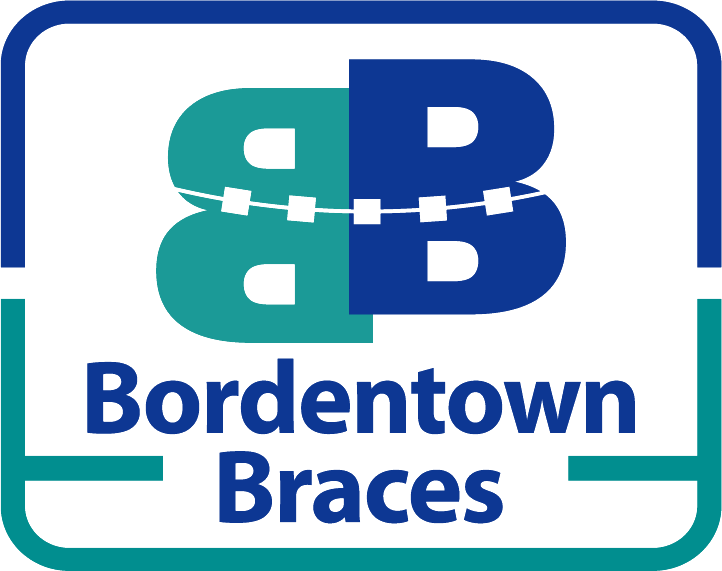
How a Parent Views Braces for Kids
Braces have long been a cornerstone of pediatric dental care, playing a pivotal role in ensuring the health and aesthetics of a child’s smile. However, the decision to pursue braces for kids is not just about correcting dental issues; it’s often influenced by parental perceptions and concerns.
In this article, we will cover the world of kids’ braces, addressing common questions and misconceptions, exploring different types of braces, considering financial aspects, and highlighting the emotional journey that children start on. Whether you’re a parent contemplating braces for your child or simply curious about this topic, read on to gain a comprehensive understanding of braces for kids and how they can positively impact your child’s dental health.
The Need for Braces in Children
Braces for kids, a fundamental aspect of pediatric dental care, play a pivotal role in ensuring the long-term oral health and confidence of young ones. Many children require kids’ braces to address common dental issues such as misaligned teeth and bite problems. Pediatric braces are a proactive approach to resolving these concerns early, setting the stage for a lifetime of healthy smiles.
Through the expertise of orthodontists, kids’ braces gradually guide teeth into proper alignment, promoting not only aesthetics but also proper dental function. In this section, we’ll explore why braces for kids are vital and how they contribute to a brighter dental future.
Common Parental Concerns about Braces for Kids
Parents often have understandable concerns and misconceptions about braces for kids, which may deter them from seeking necessary orthodontic care. Contrary to common misconceptions, kids’ braces are designed with comfort in mind, and advancements in orthodontic technology have significantly reduced discomfort.
The duration of treatment varies based on individual needs and can be shorter than expected. Moreover, the social impact is minimal, and many kids embrace their braces as a unique accessory. By dispelling these misconceptions and offering reassurance, parents can make informed decisions about their child’s oral health and the benefits of pediatric braces.
Choosing the Right Type of Braces for Your Child
When it comes to braces for kids, parents have choices to consider, including traditional kids’ braces and Invisalign for kids. The decision depends on various factors, such as your child’s age, specific dental issues, and lifestyle. Traditional braces are a reliable option, effectively addressing a wide range of orthodontic concerns.
In contrast, Invisalign for kids offers a discreet, removable alternative, ideal for older children and teenagers. Pediatric braces come in different forms to suit individual needs, ensuring optimal comfort and effectiveness. It’s key to consult with an orthodontist to determine the most suitable option for your child, aligning their smile and setting the stage for a lifetime of dental well-being.
The Financial Aspect
Exploring the financial aspect of braces for kids is an essential step for parents. The cost implications can vary depending on the type of braces chosen and the individual treatment plan. Many families wonder about the affordability and payment options for pediatric braces. On average, traditional metal braces may cost between $3,000 to $7,000, while Invisalign for kids typically falls within the range of $4,000 to $7,400.
It’s important to note that some dental insurance plans may cover a portion of the costs. Additionally, orthodontic offices often offer flexible payment plans to help make braces more accessible to families.
By understanding the financial aspects and exploring available options, parents can make informed decisions that prioritize their child’s oral health and ensure that the benefits of kids’ braces are within reach.
The Emotional and Social Impact of Braces
Wearing braces for kids can be an emotional journey for children, and parental support plays a crucial role in making it a positive experience. Kids’ braces may lead to concerns about appearance and self-confidence. However, it’s important for parents to assure their children that braces are a step towards a beautiful smile and improved oral health.
Encouraging open communication and discussing any worries can help alleviate anxiety. Parents can also remind their kids that many of their peers are undergoing similar orthodontic treatments. By acknowledging the emotional aspect and offering support, you can help their children navigate the social and emotional aspects of wearing braces, ensuring a smoother and more confident orthodontic journey.
Parents play a pivotal role in their child’s braces journey. When it comes to braces for kids, active involvement and support from parents are essential. By emphasizing the importance of regular orthodontic appointments and following the orthodontist’s instructions, you can contribute significantly to the success of your child’s treatment.
Communication with the orthodontist is key, ensuring that any concerns or questions are addressed promptly. Moreover, parents can motivate and encourage their children to maintain good oral hygiene practices during their time with kids’ braces.
By working in partnership with orthodontists and being actively engaged in the process, you can help secure the best possible outcome for your child’s orthodontic treatment, ultimately leading to a healthier and more confident smile.
Long-Term Benefits of Braces for Kids
Investing in braces for kids yields substantial long-term benefits. Pediatric braces not only correct alignment issues but also contribute to better oral health, reducing the risk of dental problems in adulthood.
Over time, a well-aligned bite enhances speech clarity and prevents jaw discomfort. Moreover, a confident smile positively impacts self-esteem and social interactions throughout life. Many individuals who have undergone orthodontic treatment as children express gratitude for the lasting impact on their confidence and oral health.
Success stories and testimonials from both parents and kids attest to the enduring benefits of braces, emphasizing how this investment in pediatric braces can lead to a lifetime of smiles and well-being.
Final Thoughts
Braces for kids are more than just a dental treatment; they are a pathway to healthier smiles and boosted self-confidence. By addressing concerns, choosing the right type of braces, considering financial aspects, and providing emotional support, parents can ensure a positive orthodontic journey for their children.
For personalized guidance on braces for kids, contact Bordentown Braces today. Our experienced team is here to help your child achieve a lifetime of dental well-being and confidence. Schedule a consultation and take the first step towards a brighter smile.
